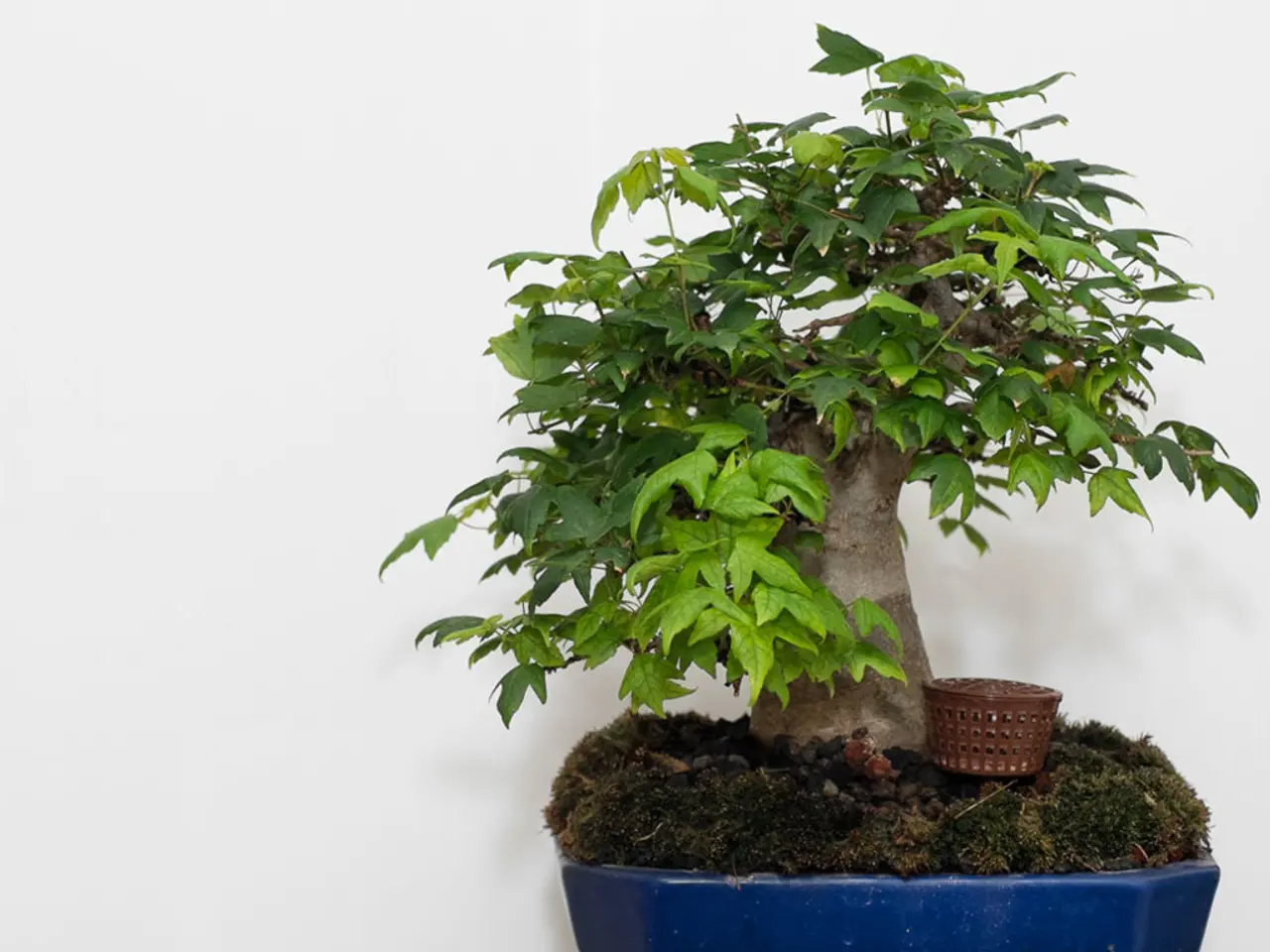Protecting Your Cherished Plants Before the Snow Falls: A Guide
Living in the South, you might encounter snow-capped mountains or warm coastal breezes, depending on your location. Winter brings its own challenges, with snow possibly being a rare sight or a common occurrence. If you reside on the warmer side, you might wonder if snow will harm your beloved trees and shrubs.
Luckily, most plants can handle a light layer of snow, which acts as an insulator, protecting them from harsh winds and frigid temperatures. However, heavy snowfall can accumulate to the point of burdening delicate branches, potentially leading to damage. Let's discuss which plants need protecting and explore ways to safeguard against winter damage.
Protecting Vulnerable Plants
Evergreens tend to be more susceptible to winter damage than their bare-branched counterparts. As they collect snow and ice, the weight can eventually snap the trees or shrubs under the pressure. The following list includes plants that should be shielded from hefty snowfall:
- Arborvitae
- Azaleas and rhododendrons
- Boxwoods
- Cedars
- Gardenias
- Holly varieties, notably 'Sky Pencil'
- Japanese aucuba
- Upright junipers
- Pieris
- Tender winter vegetables and flowers
Offering Winter Protection
Winter's harsh conditions usually harm plants due to frigid temperatures and dry winds. If your area has been dry recently, water your sensitive plants (typically evergreens and winter flowers and vegetables) thoroughly before a snowstorm. Add a layer of mulch around the base of your plants as an additional protection, and move containers to a more sheltered spot. Here are some methods to help your plants endure the winter snows:
Creating a Cloche
A classic cloche, made of glass, resembles a small bell dome – perfect for shielding small plants in your garden. You can fashion your own using a soda bottle, milk jug, or even an upside-down flower pot. Remove the cover as soon as the snow has passed to ensure your plants have access to sunlight and avoid overheating.
Utilizing a Box or Bin
For slightly larger plants, a cardboard box or plastic bin can serve as a protective barrier against snow. Just remember to remove these as soon as possible to avoid trapping sunlight and heat.
Constructing a Tent
By hammering sturdy stakes or poles into the ground around the plant, you can create a tent. Cover this structure with burlap, frost cloth, or a blanket, and secure the cloth with heavy stones or twine.
Employing a Tomato Cage
Tomato cages can work well for smaller flowers and shrubs that fit within the cage. Cover the cage with a cloth, and anchor it to the ground with stones or bricks.
Building a Tunnel
A simple and efficient method to protect rows of small shrubs or plants, this technique involves using wire hoops, a floating row cover, and fabric staples to create a tunnel that keeps the snow off your plants.
[1] "What to Do Before a Heavy Snowfall." Old Farmer's Almanac. 2022. https://www.almanac.com/content/what-do-before-heavy-snowfall[3] "Protecting Your Plants in Winter." University of Maine Cooperative Extension. 2022. https://extension.umaine.edu/homegarden/protecting-your-plants-in-winter/
Given the text discussing seasonal gardening, particularly protecting vulnerable plants during winter, here are two sentences that contain the given words and follow from the text:
Gardening enthusiasts in the South can find gardening landscaping ideas from Southern Living that cater to the region's unique climate and help preserve plants during heavy snowfall. To create a winter-ready garden, consider implementing various gardening ideas such as using cloches, boxes, or tunnels to protect evergreens, azaleas, and other susceptible plants from the harsh winter weather.
These sentences provide additional context and extension of the discussion on protecting plants from winter weather, incorporating popular sources and suggested practices for gardening in the South.




